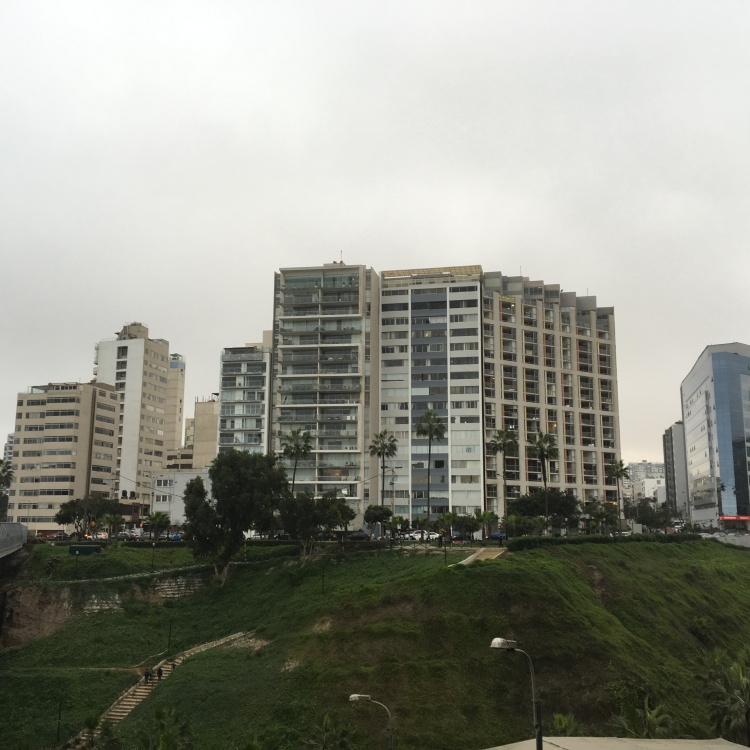This blog has gone over all of the basics for getting started for a trip, but here are some extra tips for traveling.
One of the main expenses while traveling is food, so finding the cheapest way to eat is a helpful trick.
Savannah Kopp, junior at Stanford University, is currently traveling in Paris, France and says the essential foods are cheap so cooking is the best option.
“Keep in mind that tax is included in the price of food,” Kopp said. “If I’m spending more money than I would like to on a meal, I reappraise it and tell myself I’m paying for more than the food, but also the experience, the time, and the service.”
Another cheap place to find food is outside at food stands, Kopp said.
Take the bus! The bus is universally the cheapest form of transportation.
Take the metro if traveling in certain areas of Europe like Spain or Paris, Liliana Moore, junior at Cal Poly currently studying in Copenhagen, Denmark, said.
“The cheapest transportation everywhere—walking. Other than walking—BIKES,” Moore said. “I actually prefer biking and walking because I think you get to know a city better that way, plus they are cheaper.”
If bikes are available to rent or buy for cheap, take advantage of the opportunity!
Emily Dimond, junior at Cal Poly, studied abroad to Puntarenas, Costa Rica in the summer of 2012. She said her host family and local friends always told her the best places to go, including her favorite: Montezuma.
“I would never have known about it from other travelers,” Dimond said. “My host family always gave tips for safety, where not to go, helped me get better at learning their language, and taught me about their culture.”
A great way to meet the locals is by staying with a local family, and being friendly, but not too friendly, Kopp said.
Another way to meet locals is to go to the local bars and grab a few drinks, Moore said.
“This really works well anywhere, but in some places it’s really necessary. That’s the easiest way to meet locals,” Moore said. “although I wouldn’t say it’s the best way to make friends. If you really want to make lasting relationships with people I would join some kind of group that locals are involved in, like a community band or a sports team.”
- KEEP YOUR BALANCE IN CHECK
One of the most important things to do is plan ahead, Moore said.
“This way you can plan to go to museums on days when they are free if you can, and know how much money you’ll need to bring to see the sights that aren’t free,” Moore said.
Talk to other people to figure out how much money you will be spending.
Get an estimate before you go on your trip; then once you’re there take out money and write down how much you are spending, Dimond said.
Most importantly, set a budget beforehand!
Create a budget before your trip that adds up all the expenses you can think of, Kopp said.
“Overestimate some of the budget so that if anything goes wrong you’ve already allotted money for it,” Kopp said.
Although it is not common in the United States, it is common in many other countries! It is extremely common in third-world countries, but in some European countries as well.
Do not haggle at restaurants, but it is fine at almost any street market or flea market, Dimond said.
“People get scared, but it’s not rude at most places. It’s normal!” Dimond said.

Monkeys, Costa Rica. Personal photograph by author. 2008.
Be upfront; once you have asked for a price and gotten turned down raise your price a little, Dimond said.
“Say you want to buy something, and then hold out a slightly lower amount of money than the price (ie 2 euros instead of 3). Say that’s all you have with you. Sometimes it works!” Kopp said.
- EXTRA TIPS
- Find unique experiences/activities you cannot do where you are from.
- For third-world countries, bring clothes you might not want so you can donate them later on.
- If going to the bars, buy alcohol beforehand. Buying drinks adds up!
- Remember to turn off data on iPhone.








